News
Altcoin News
Altcoin News
Browse all Altcoin related articles and news. The latest news, analysis, and insights on Altcoin.
Japan's New Crypto Regulation: Called a 'Security,' Stricter Rules Are Coming
Japan is preparing new and stricter regulation for the cryptoasset market. The country's financial regulator, the Financial Services Agency (FSA), published a report proposing that cryptocurrencies be removed from the current Payment Services Act and regulated under the Financial Instruments and Exchanges Act (FIEA). This step aims to place crypto assets more in the same category as securities and strengthen investor protection.A clear message from the FSA: "Crypto issues are similar to securities"The report noted that many of the problems experienced in the crypto market are similar to those encountered in the securities market for years. The main problems highlighted by the FSA were vague white papers, inaccurate or incomplete information, unregistered activities, fraud cases, low risk tolerance, and exchange security vulnerabilities.Therefore, the agency stated that it would be appropriate to apply the same oversight and enforcement mechanisms currently offered by the FIEA to crypto. However, it should be noted that this report is not yet binding. The document in question is a draft of an idea submitted by the FSA secretariat to the Financial System Council. The final decision will be made by the government.Crypto on the rise in JapanThe report also highlights the growing economic importance of crypto assets in Japan. The total number of accounts opened on crypto exchanges in the country has surpassed 12 million. The total value of user deposits has exceeded 5 trillion yen (approximately $33.7 billion). This figure means that nearly one in 10 people has a crypto account.Meanwhile, the vast majority of investors in Japan engage in small-scale transactions. More than 80% of individual accounts have balances below $675. Furthermore, 70% of crypto investors are middle-income earners, and 86% are investing with the expectation of long-term price appreciation.Supportive messages from the governmentJapanese Finance Minister Katsunobu Kato also drew attention last month by stating that crypto assets could be included in diversified portfolios. While acknowledging high volatility, Kato emphasized that with proper regulations, the crypto market could become a safe haven for investors.What new rules might entail?If crypto is included in the FIEA:Issuers will be required to disclose detailed information in public offerings and secondary market transactions, similar to securities.Brokerage firms and brokers will be subject to stricter licensing and oversight.Strict measures will be implemented against unfair transactions and manipulation.Courts will be able to issue swift injunctions and preliminary injunctions against unregistered activities.
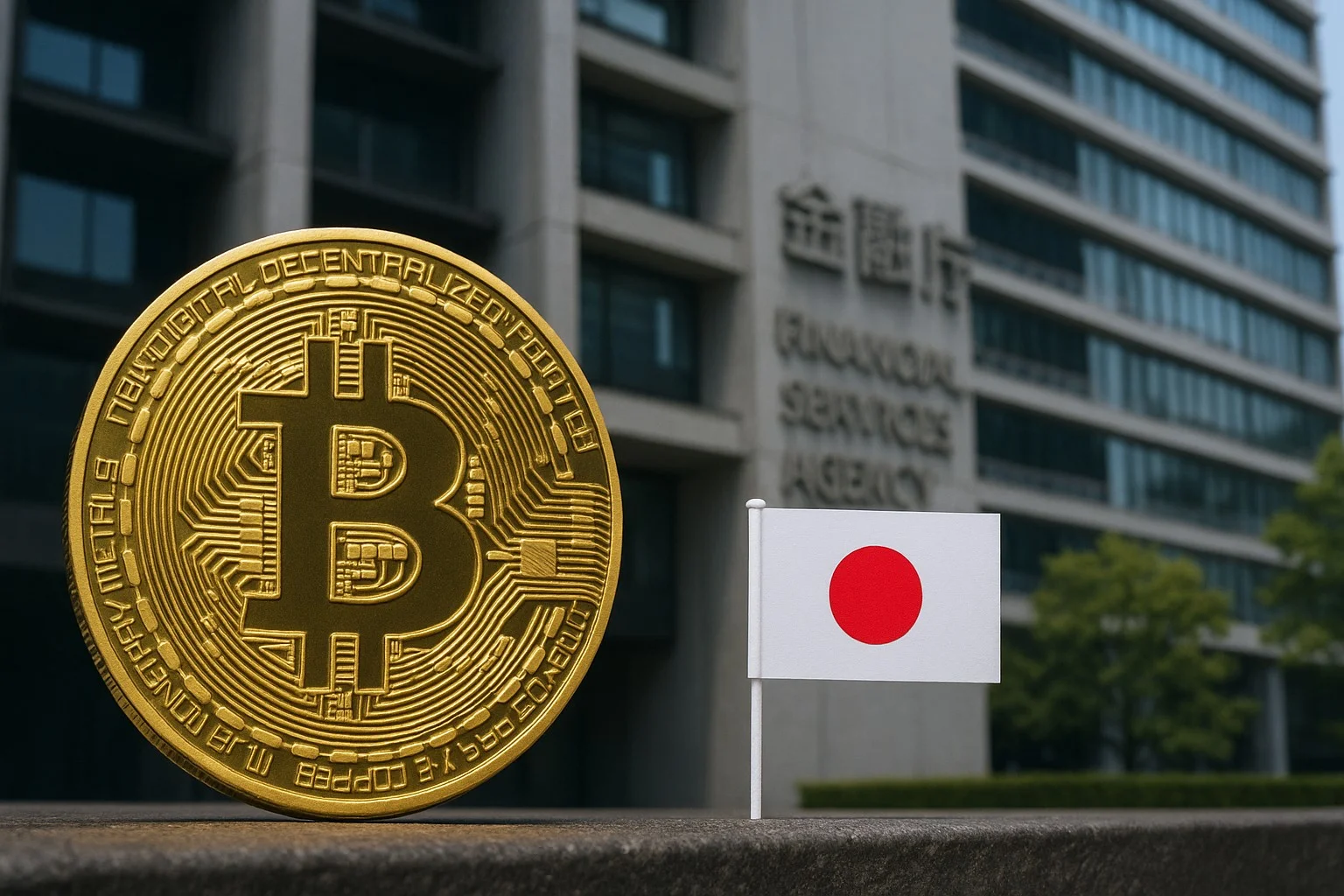
Fed Expectations Ahead of ADP Employment Data: What Does It Mean for Cryptos?
All eyes are on the US labor market this week. The ADP Employment Change report, which measures private sector employment, is expected to show that 68,000 new jobs were created in August. The data, to be released on Thursday, could directly impact not only the employment landscape but also the interest rate decision of the Federal Reserve (Fed), the US central bank. The data is expected to be released around 3:30 PM Turkish time.A critical threshold after July's shockWeak nonfarm payrolls (NFP) data released in July shook markets, sharply depressing the dollar and raising questions about the Fed's ability to maintain its tight monetary policy. The unexpected decline even led to the dismissal of a senior official at the Department of Labor. Therefore, investors will be more sensitive to the ADP's projections.Expectations point to a job gain of only 68,000 in August, following a 104,000 increase in July. This downward trend could reinforce signs of a cooling in the US economy.Fed and Trump PressureThis data will be the final employment report before the FOMC meeting on September 16-17. Chairman Jerome Powell had signaled that inflation is relatively easing and the impact of trade tariffs will be limited. This has increased the likelihood of a rate cut.Meanwhile, President Donald Trump continues to harshly criticize the Fed for cutting interest rates more rapidly. According to data from the CME Group's Fed Watch Tool, markets are pricing in a 25 basis point rate cut in September at over 90%. A second cut before the end of the year is also a possibility.If the ADP data falls short of expectations, the Fed could consider a more aggressive rate cut. In this scenario, selling pressure on the US dollar could intensify. Conversely, while stronger-than-expected data may support the dollar in the short term, it appears unlikely the Fed will change its policy direction on its own. Markets will be determined by the nonfarm payrolls (NFP) data, to be released on Friday.How might cryptocurrencies be affected? Labor market data is also indirectly critical for cryptocurrency markets. A Fed interest rate cut could suppress the value of the dollar and increase the appetite for risky assets. This could strengthen liquidity flows in cryptocurrencies, particularly Bitcoin and Ethereum. However, very weak data could increase concerns about an economic slowdown and reduce risk appetite. In such a scenario, crypto markets could also be negatively affected by volatility.Ultimately, the ADP report will shape both the Fed's short-term roadmap and global market risk appetite. On the crypto side, the impact will be felt not directly, but through the dollar's course and investor psychology.
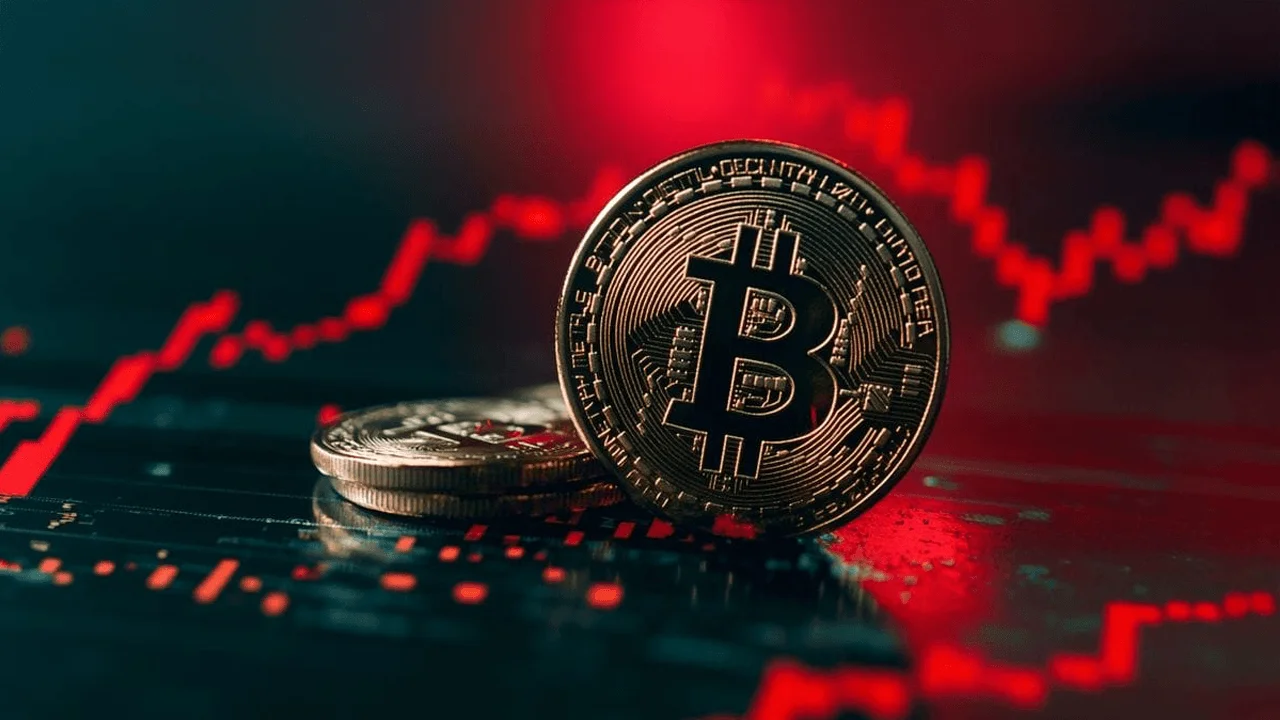
Institutional Mobility in Ethereum: $40 Million in Funding, $65 Million in ETH Purchases
BitMine Immersion Technologies, the largest institutional buyer of leading altcoin Ethereum (ETH), announced its new acquisition. The company purchased $65 million worth of ETH for its Ethereum treasury. This marked the first purchase of September.BitMine Continues Ethereum AcquisitionBitMine, which continued to add assets to its Ethereum treasury in September, completed this acquisition in six transactions. According to tracking data from Arkham Intelligence, these transactions were finalized through Galaxy Digital's over-the-counter services. BitMine's acquisition comes at a particularly interesting time, as Ethereum reserves on centralized exchanges have fallen to their lowest levels in three years. It's also worth noting that Ethereum supply on exchanges has eroded by 38 percent since 2022. This is believed to be driven by institutional treasury purchases and exchange-traded funds (ETFs). BitMine shares are also being affected by these developments. The company's shares have gained 540% since the beginning of the year, rising 5.58% to $44.86 at the latest close. However, the shares have also declined approximately 67% since their peak in July.Other companies are also buying ETHCrypto-focused consulting firm Etherealize announced that it has closed a new $40 million investment round as part of its efforts to introduce Ethereum to Wall Street.The investment round was led by leading crypto venture capital firms such as Electric Capital and Paradigm. With this funding, Etherealize aims to develop tools and infrastructure to increase Ethereum's institutional adoption.Founded in January with the support of the Ethereum Foundation and Ethereum co-founder Vitalik Buterin, the company argues that the financial world, in particular, is still insufficiently informed about ETH and blockchain technology. The company plans to provide training, consulting, and technical infrastructure solutions to address this gap. Danny Ryan, co-founder of Etherealize, stated that Ethereum has evolved from an experimental project into "the world's most tested open finance network" over the past decade. Ryan stated that with the funds they have raised, they will work to make the traditional financial system more secure and globally accessible.Year-end ETH forecast: Is $6,000 possible?Nick Forster, founder of crypto options platform Derive, argues that these developments could have a significant impact on the ETH price. According to Forster, if a rate cut is made in the near term and institutional buying continues, the probability of ETH reaching $6,000 by the end of the year could be as high as 44%.Similarly, Tom Lee of Fundstrat argues that ETH could reach $60,000 in the long term. Lee believes that Ethereum's integration with institutional finance could be a significant turning point, similar to the economic transformation of 1971.

OP Comment and Price Analysis - September 3, 2025
OP/USDT Technical OutlookAnalyzing the OP chart, we see that a falling wedge pattern has already broken upward. Yet, after this breakout, the price did not gain strong momentum and is now moving sideways. We can state that this sideways consolidation is not negative – it often prepares the ground for a stronger move upward.OP is currently trading around the level $0.70. The nearest resistance is in the $0.84 – $0.91 zone. If this area breaks, the next targets are $1.12 and then $1.39 – $1.50. The $1.39 – $1.50 zone is very important since it overlaps with both horizontal resistance and the long-term downtrend line. If the price breaks this area with volume, medium-term targets could extend to $1.89 and even the wedge target at $2.77.On the downside, the first support is $0.66. If this level is lost, the decline could deepen toward $0.55.In short, the outlook for OP remains positive. As long as consolidation continues above support and resistances are broken step by step, the potential for a stronger rally is high. Falling Wedge Fracture These analyses, not offering any kind of investment advice, focus on support and resistance levels considered to offer trading opportunities in the short and medium term according to the market conditions. However, the user is responsible for their own actions and risk management. Moreover, it is highly recommended to use stop loss (SL) during the trades.
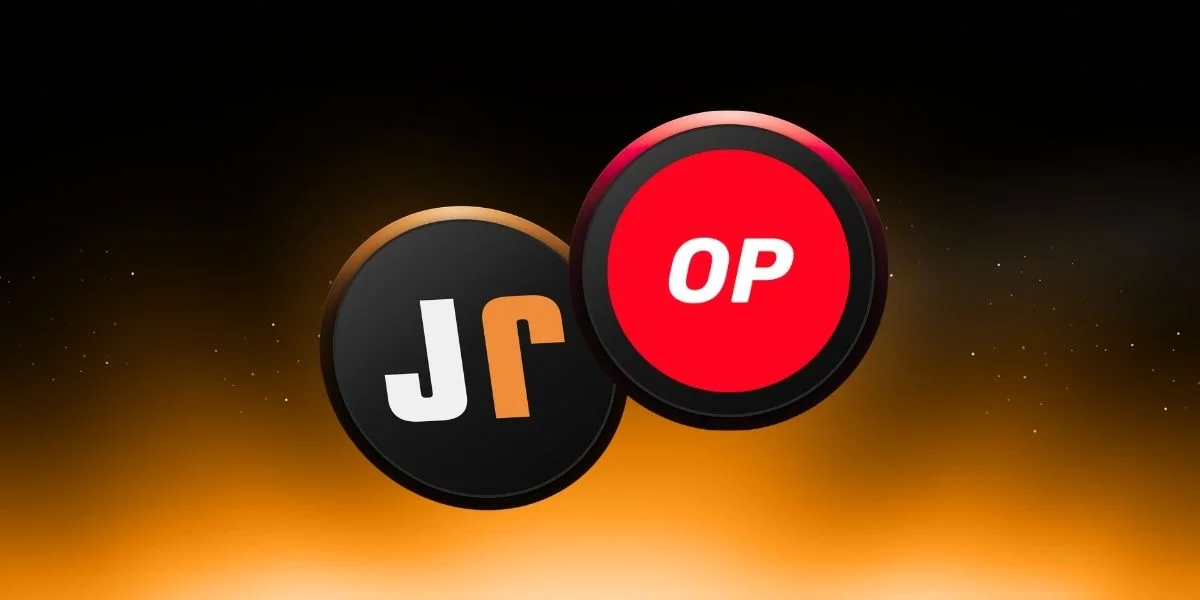
MAV Comment and Price Analysis - September 3, 2025
MAV/USDT Technical Analysis Dish Formation Analyzing the MAV chart, we see a clear cup pattern formation, the target of which points to the marked resistance area on the chart. MAV has strong potential to rise toward this target if a breakout occurs from here.After completing the cup, the price could make a short pullback to form a handle according to another possible scenario. In this case, the pattern would turn into a cup-and-handle, which often leads to even stronger bullish momentum after the breakout.In summary, the breakout zone should be watched closely. If an upside confirmation happens, a strong move toward the target can be expected.These analyses, not offering any kind of investment advice, focus on support and resistance levels considered to offer trading opportunities in the short and medium term according to the market conditions. However, the user is responsible for their own actions and risk management. Moreover, it is highly recommended to use stop loss (SL) during the trades.
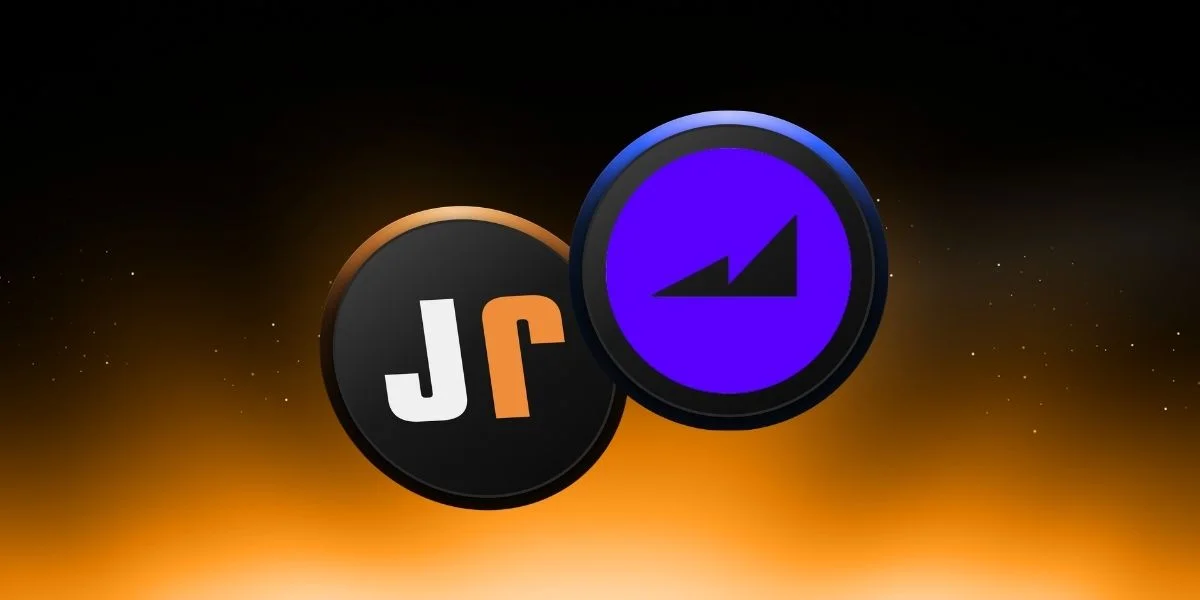
ID Comment and Price Analysis - September 3, 2025
ID/USDT Technical AnalysisThe ID chart has been moving inside a descending channel for a long time. Though the price has tested the upper band of the channel several times, no clear breakout has happened yet. Overall, the structure still shows that the price is in a downtrend. Falling Channel Formation Current price: $0.158Nearest resistance: $0.166Bullish scenario:If the price holds above $0.166, it could move towards $0.190 – $0.198.Breaking this zone would increase the chance of an upside breakout from the channel.Next targets could be $0.223, and if the breakout is confirmed, the price may reach $0.30 – $0.36 (measured by channel height).Bearish scenario:First support: $0.148Below that: $0.134 → $0.117 → $0.102Losing these levels could accelerate the downtrend.Overall, the chart suggests that the probability of an upside breakout is higher.These analyses, not offering any kind of investment advice, focus on support and resistance levels considered to offer trading opportunities in the short and medium term according to the market conditions. However, the user is responsible for their own actions and risk management. Moreover, it is highly recommended to use stop loss (SL) during the trades.

EDU Review and Price Analysis - September 3, 2025
EDU/USDT Technical AnalysisThe EDU chart still shows a symmetrical triangle pattern on the daily timeframe. Price is moving between the falling resistance line above and the rising support line below. This structure usually signals strong moves once a breakout happens. Narrowing Triangle Structure Current Price: $0.1319Triangle middle support: $0.1286 (price is trying to hold above this)Key Resistance: $0.1338 (upper band of the triangle)Bullish Scenario: If price breaks and holds above $0.1338, momentum could increase.First target: $0.1496Next targets: $0.1674 – $0.1742If broken, price could extend to $0.1970Medium-term triangle target: $0.24Bearish Scenario:If price loses support:First support: $0.1286Next supports: $0.1200 → $0.1136If broken, price could fall to $0.10The symmetrical triangle is still valid, so traders should watch closely for breakout direction.These analyses, not offering any kind of investment advice, focus on support and resistance levels considered to offer trading opportunities in the short and medium term according to the market conditions. However, the user is responsible for their own actions and risk management. Moreover, it is highly recommended to use stop loss (SL) during the trades.
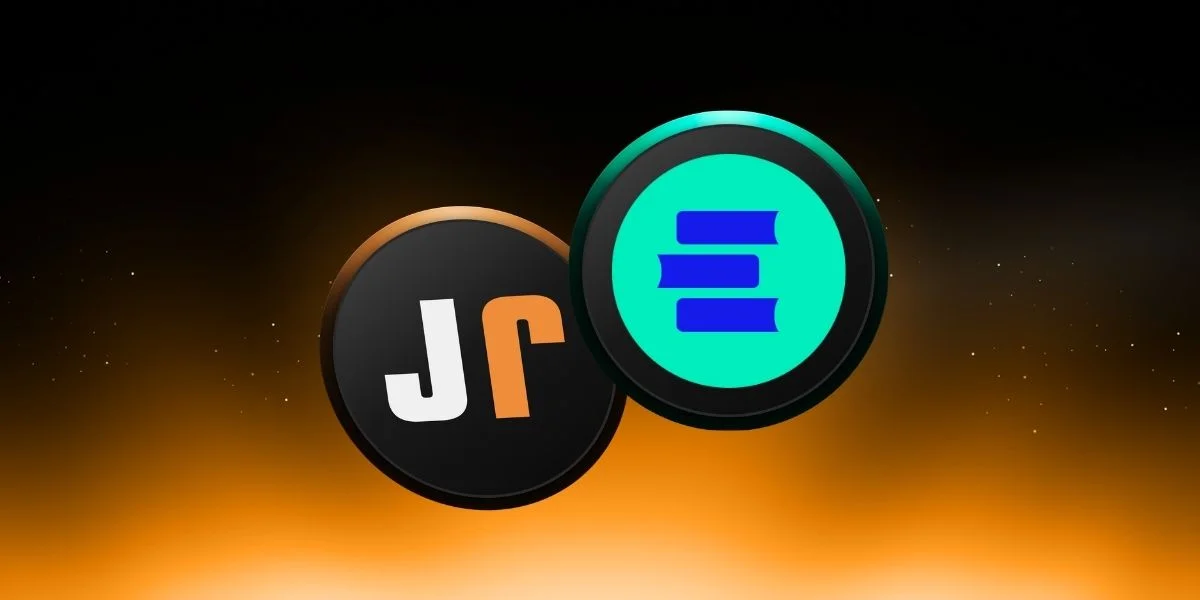
What is The Graph (GRT)?
The Graph (GRT), a name we're hearing more and more frequently in the crypto world, is a powerful project often referred to as the "Google of Web3." So, what is The Graph coin, what does GRT coin do, and why is it so important? Essentially, The Graph is a decentralized protocol that collects and organizes data across many blockchain networks, especially Ethereum, and allows developers to easily query this data. In other words, by making complex blockchain data readable, organized, and accessible, it enables the smooth operation of Web3 applications in the background. Used in many areas today, from DeFi protocols to NFT platforms, The Graph provides speed and security not only to developers but also to the entire ecosystem. GRT coin, on the other hand, is at the center of this ecosystem, ensuring both economic functioning and encouraging user participation in the network. For those curious, this guide provides all the details about The Graph, from its history and technical structure to its value and future potential. The Graph's Definition and OriginsThe Graph, a decentralized protocol that stands out as one of the most critical building blocks of the Web3 ecosystem, facilitates indexing and querying blockchain data. Blockchain networks record every transaction and smart contract interaction that occurs on them; however, this data is often in a raw, scattered, and difficult-to-process form. This is where The Graph comes in. It organizes data across networks like Ethereum and IPFS and provides developers with standard, readable, and fast access to this data using the GraphQL query language. Thus, blockchain data, which is otherwise complex and fragmented, is structured and made usable for Web3 applications thanks to The Graph.One of The Graph's most striking features is the "subgraph" structure it offers developers. Subgraphs act as specialized APIs that index and query the data of a specific blockchain application or smart contract. For example, when a DeFi protocol wants to display users' transaction history or liquidity data, it can define its own subgraph and access this data through The Graph network. This approach allows developers to access data easily and in a standardized way without having to set up complex node infrastructure. The Graph's origins date back to 2018. The project was conceived by three experienced software development and blockchain experts: Yaniv Tal, Brandon Ramirez, and Jannis Pohlmann. At the time, the team wanted to solve one of the biggest problems facing Web3 applications: the inaccessibility of data generated on the blockchain. In traditional applications, developers could easily extract and process data. However, things were different on the blockchain; data was dispersed, raw, and directly unusable. Tal and his team designed a decentralized and reliable indexing protocol to address this issue, creating The Graph.After an intensive development and testing process, The Graph officially launched its mainnet in December 2020. At the same time, the GRT token, central to the ecosystem, was launched. Thus, The Graph became not only a technical solution but also an economic model. Today, The Graph has evolved beyond simply being an indexing protocol. It assumed the role of the data access layer necessary for Web3's growth and began to be recognized as a fundamental infrastructure that makes data accessible, organized, and queryable in the blockchain world.The Graph's History: Key MilestonesThe Graph quickly became an indispensable part of the Web3 ecosystem. First announced as an idea in 2018, within a few years, the project became not only a technical solution but also a core infrastructure for Web3 applications. Making blockchain data accessible, organized, and queryable, in particular, played a critical role in the rapid development of DeFi protocols and NFT platforms. The Graph's journey has featured numerous milestones, from the vision set by the founding team to the launch of the mainnet, the launch of the GRT token, and multi-chain support. Now, let's take a closer look at The Graph's history and examine the most significant developments that brought the project to its current status.• 2018: Project announcement. The Graph was launched in 2018 by Yaniv Tal, Brandon Ramirez, and Jannis Pohlmann. During this period, the first prototypes were developed and the project was introduced to the blockchain ecosystem.• 2020: Mainnet launch. Following an intensive development process, The Graph's decentralized mainnet officially launched in December 2020. This date is considered the Graph launch date.• 2020: GRT token launch. With the mainnet launch, GRT coin, The Graph's native cryptocurrency, entered circulation. So, the answer to the question "When did the GRT coin launch?" is late 2020. The GRT token was designed to form the basis of the protocol's economic structure.• 2021: Adoption in DeFi and NFT projects. Starting in 2021, popular Web3 projects such as Uniswap, Aave, and Decentraland began indexing and querying their data through The Graph. During this period, The Graph reached billions of queries monthly, becoming one of the most critical components of the ecosystem. In particular, The Graph's DeFi integration and usage on NFT platforms were the biggest drivers of growth.• 2022–2024: Multi-chain support and L2 solutions. The Graph expanded beyond Ethereum to support numerous networks such as Polygon, Arbitrum, Avalanche, and Near Protocol. In 2023, it began migrating from Ethereum to Layer-2 solutions like Arbitrum to increase scalability. This move both reduced costs and increased network efficiency. During these years, a rapidly growing global developer community emerged around The Graph, and the project gained strong community support.2025: The GRT token traded at $0.090 as of September 2025. Why Is The Graph Valuable?There are many reasons why The Graph is so prominent in the Web3 ecosystem today. Some call it the "Google of Web3," while others describe it as the invisible infrastructure of the DeFi and NFT world. In fact, all of these comparisons are true, as The Graph is a critical protocol that enables decentralized applications to thrive by facilitating access to data. Let's take a closer look at the key features that make The Graph valuable.The "Google" of Web3The Graph is often called the "Google of Web3" because it provides fast and reliable access to data on the blockchain. Developers can query the data they need directly through The Graph without having to set up their own nodes. This significantly saves time, cost, and effort.The Infrastructure of the DeFi and NFT EcosystemMany popular Web3 applications we use today actually run on the infrastructure provided by The Graph. For example, Uniswap, Aave, or Decentraland index their data through The Graph and present it to the user. This integration makes data instantly accessible, making The Graph a critical backend in the DeFi and NFT worlds. Decentralized and censorship-resistantThe Graph operates in a completely decentralized structure, meaning data isn't stored on a single server. Indexing and querying are handled by different participants in the network. This structure makes the protocol censorship-resistant and contributes to the reliable and uninterrupted operation of Web3 applications.Special "Subgraph" toolsOne of the most powerful features The Graph offers developers is the subgraph structure. Each project can index the data it needs by defining its own subgraph. Subgraphs function like small databases that expose a dApp's data to GraphQL queries. This flexibility allows developers to build their applications much faster, easier, and more efficiently.GRT token and staking mechanismAt the heart of The Graph is its native token, GRT. GRT is an economic incentive used to secure the network. Roles like Indexer, Delegator, and Curator secure the network through GRT staking. Users can earn rewards by staking GRT and also have a say in the protocol's future by participating in the governance process. This system both sustains the ecosystem with incentives and ensures the proper and reliable operation of The Graph.The Graph's Technical SpecificationsOne of the most valuable features of this massive protocol is the technical specifications of GRT and the network. As mentioned earlier, at the heart of The Graph lies the protocol's native token, GRT. This token is not just a tradable digital asset; it also serves as the fuel that powers the entire network. The Graph doesn't have its own dedicated blockchain, but it operates much like a Proof of Stake system. Participants in the network (indexers, delegators, and curators) deposit a certain amount of GRT tokens as collateral. In this way, they both ensure the security of the network and earn rewards for their work. This economic model incentivizes the network to operate consistently and fairly. Roles in The Graph protocol. Source: The Graph/Blog While the total supply of GRT was initially set at 10 billion, there is no fixed upper limit. New GRTs enter circulation at an annual inflation rate of 3 percent, but a portion of these new tokens are burned to maintain a net inflation rate of around 2 percent. So, what do these tokens do? DApps, or decentralized applications, pay fees in GRT to use the data services offered by The Graph. Furthermore, network participants (indexers, delegators, and curators) stake GRT, contributing to the network and earning passive income. GRT holders also have a say in the project's future by voting, making The Graph a truly decentralized community project.Initially focused solely on Ethereum, The Graph has now evolved into a data bridge. It can now index and query data not only on Ethereum but also on nearly 40 other blockchains, including Polygon, Arbitrum, Avalanche, Celo, Fantom, and Near Protocol. This has made The Graph the data indexing standard for the entire Web3 world, without being tied to a single ecosystem.Who is the Founder of The Graph?The Graph project is led by three founders: Yaniv Tal, Brandon Ramirez, and Jannis Pohlmann. The trio set out in 2018 to find a solution to one of the biggest problems in the Web3 world. At the time, finding and using data for decentralized applications (dApps) running on blockchains was a nightmare. Each dApp had to set up its own database and retrieve data individually, which was both time-consuming and inefficient.It was at this point that Yaniv Tal (project leader), Brandon Ramirez (research), and Jannis Pohlmann (technology leader) came together to found The Graph. Their goal was to create an infrastructure where anyone could easily access, index, and organize data on the blockchain. In short, they wanted to create a protocol that would enable searching and querying the blockchain's complex and dispersed data, akin to a "Google."With this vision, the founding team built not just a product but also an ecosystem. In 2020, with the launch of GRT, The Graph's native cryptocurrency, the project gained global reach. Throughout this process, The Graph's development hasn't been solely driven by the founders.• Graph Foundation: A non-profit foundation established to ensure the project's long-term sustainability. It undertakes tasks such as supporting the ecosystem, organizing grant programs, and strengthening the community.• Edge & Node: A company, including the founders, that serves as The Graph's core development team. They drive the protocol's technological development, add new features, and grow the ecosystem.• Extensive Developer Community: Because The Graph is an open-source project, it continues to grow with contributions from thousands of developers worldwide. This ensures its decentralized structure, and the project's future is not dependent on the decisions of a single central authority.In short, although Yaniv Tal, Brandon Ramirez, and Jannis Pohlmann laid the foundations for The Graph, its current status is the result of a large community that embraces the founders' vision and works towards a common goal. Frequently Asked Questions (FAQ)After this lengthy guide, you might still have some questions. Therefore, below, we've compiled some frequently asked questions and answers about The Graph:When did The Graph (GRT) come into being?: The Graph project first emerged in 2018. Yaniv Tal and his team announced the project and began development this year. The protocol became available with the mainnet launch in December 2020.Who are the founders of The Graph?: The Graph's co-founders are Yaniv Tal, Brandon Ramirez, and Jannis Pohlmann. These three individuals jointly conceived and implemented the project. The project is also supported by the Graph Foundation and core teams like Edge & Node.How does The Graph work?: The Graph organizes blockchain data into indices called "subgraphs" and makes them accessible using the GraphQL query language. When an application adds data to the blockchain (e.g., a smart contract event), the Graph Node processes this data into the relevant subgraph. This allows developers to easily retrieve the data they need from The Graph network with GraphQL queries. This process is reliable and scalable because it takes place on a decentralized infrastructure.What is the total supply of the GRT token?: The total supply of the GRT token is set at 10 billion units. Initially, 10 billion GRT were issued and entered circulation. The supply is also planned to increase slightly due to annual inflation of ~2%.What is The Graph used for, and why is it valuable?: The Graph is an infrastructure that allows you to easily index and query blockchain data, acting as a data backbone for Web3 applications. It is particularly valuable in areas like DeFi and NFTs because it provides the data applications need quickly and reliably. Its decentralized and open protocol, coupled with its broad community adoption, makes The Graph an indispensable part of the Web3 ecosystem. Which blockchains does The Graph support?: The Graph was initially designed to index data on Ethereum, but today it supports multiple blockchains. It supports many popular blockchains, including Ethereum, Polygon, Arbitrum, Avalanche, Fantom, Celo, and Near Protocol. In total, The Graph can index over 30 mainnets, and this number is growing over time.Follow the JR Crypto Guide series for more content on The Graph and other projects shaping the Web3 infrastructure.

MOVE Comment and Price Analysis - September 3, 2025
MOVE/USDT Technical Analysis MOVE Bottom Theme MOVE chart shows two patterns at the same time on the 4-hour timeframe. Blue trends show the main trend on the daily chart, while red trends show a short-term downward channel.The price is currently at an important daily support level, which also matches the lower line of the red downward channel. When these two levels meet, it can be an important signal for a possible price reversal.If the price breaks upwards from the red channel, the first target is $0.12 – $0.125. Moreover, if the price goes higher, the next target is $0.14 – $0.15.In short, MOVE is under short-term downward pressure, but daily support is holding. If this support holds strong, the price could break upwards and move toward $0.14 – $0.15.These analyses, not offering any kind of investment advice, focus on support and resistance levels considered to offer trading opportunities in the short and medium term according to the market conditions. However, the user is responsible for their own actions and risk management. Moreover, it is highly recommended to use stop loss (SL) during the trades.

ZK Comment and Price Analysis - September 3, 2025
ZK/USDT Technical AnalysisAnalyzing the ZK chart, we can see a clear descending channel pattern. ZK is trading inside this pattern, touching both the lower and upper bands. Such patterns usually show the main trend direction, while the lower band often acts as a potential reversal zone. Falling Channel Structure The price is currently trading around $0.056, very close to the lower band of the channel. The $0.055 – $0.056 zone is both a horizontal support and the channel’s lower band, making it an important area for a possible bounce. If this level holds, the price could move first toward the mid-band of the channel, and then to the upper band.Short-term resistance levels:$0.059$0.062$0.066The $0.066 zone is the key decision level, as it matches the upper band of the channel and also acts as strong horizontal resistance. A breakout above this area would confirm an upside break of the descending channel and could lead to stronger recovery.On the other hand, if the $0.055 support fails, the next important levels to watch are $0.052 and $0.050.These analyses, not offering any kind of investment advice, focus on support and resistance levels considered to offer trading opportunities in the short and medium term according to the market conditions. However, the user is responsible for their own actions and risk management. Moreover, it is highly recommended to use stop loss (SL) during the trades.
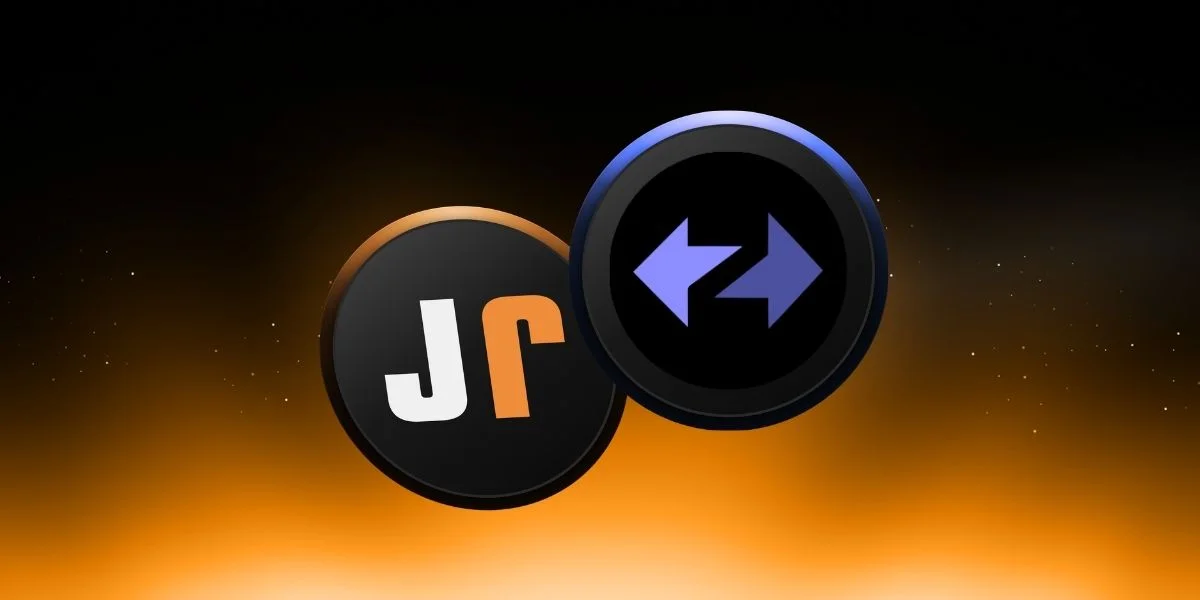
A New Era in Finance: Stocks Now on the Solana Blockchain
Crypto finance company Galaxy Digital has taken a significant step in combining traditional finance with blockchain technology. The company announced the tokenization of its Nasdaq-listed shares (GLXY) on the Solana blockchain.Galaxy Founder and CEO Mike Novogratz stated that this initiative aims to create a model that combines traditional capital markets with next-generation infrastructure. "Our goal is to create a tokenized stock that brings the best features of crypto, such as transparency, programmability, and composability, to the traditional world," Novogratz said.Galaxy and Superstate CollaborationThis project is being implemented through Superstate's "Opening Bell" platform. Superstate introduced the "Opening Bell" platform in May to bring SEC-registered stocks to the blockchain. This platform enables the issuance and trading of real SEC-registered stocks directly on-chain, rather than synthetic or derivative products. Superstate CEO Robert Leshner described this development as "the first example of a Nasdaq-listed company being tokenized on a major public blockchain." Leshner stated that Galaxy's registered shareholder list is updated in real time as tokens change hands, and that financial markets have experienced a significant upgrade with Superstate.With the tokenization process, Galaxy's shares will be held and transferred in their own crypto wallets by authorized investors who have completed KYC (Know Your Customer) processes. The company states that tokenized shares can be made accessible through Automated Market Makers (AMMs) and other decentralized finance (DeFi) platforms to increase liquidity and leverage.Tokenization Trend AcceleratesTokenization has become a rapidly growing field in recent years. According to RWA.xyz data, the total value of tokenized securities has reached $341 million. Traditionally illiquid assets, such as US Treasury bonds and private loans, are becoming more accessible thanks to blockchain technology. However, this rapid growth also raises concerns. Experts emphasize that tokenized stocks operate in a regulatory gray area and that the nature of these products can be misunderstood. "It's crucial for investors to understand that they don't own actual shares, but rather hold tokens issued by brokerage firms that allow them to benefit from the appreciation of the underlying shares," said John Murillo, chief business officer of fintech firm B2BROKER.Galaxy's move demonstrates the growing interest in moving publicly traded companies' stocks to the blockchain. Projects like Backed Finance's xStocks platform are also operating in this area. Tokenized stocks from more than 60 companies, including Netflix, Meta, and Nvidia, are offered on blockchains like Solana, BNB Chain, and Tron. Recently, xStocks announced that tokenized stock offerings are now available on Ethereum.

Ethereum Foundation's Giant Sell-Off: Announces 10,000 ETH Sale
The Ethereum Foundation's decision to sell 10,000 ETH (approximately $42.7 million) via centralized exchanges has generated widespread criticism in the cryptocurrency community. The foundation explained that this sale was intended to support long-term goals and maintain transparency.The sale, announced in a transparency statement published on September 2nd, will be phased in over several weeks. It states that the proceeds will be used for research and development activities, ecosystem grants, and donations. It emphasized that transactions will be made in smaller increments, rather than a massive one-time block sale, to mitigate any potential negative impact on the market. The foundation's announcement was also shared on the official X (formerly Twitter) account and received hundreds of thousands of views within hours. The foundation's move was met with criticism from some members of the Ethereum community. Critics argue that selling ETH directly on centralized exchanges could damage market sentiment and create unnecessary pressure. Instead, they argue that the Foundation should leverage existing decentralized finance (DeFi) protocols to raise funds without relying on centralized platforms.AaveChan founder Marc Zeller, a prominent community figure, summarized this view by saying, "Just use Aave." Zeller's comment reflects a widespread belief that the Foundation should also use the DeFi infrastructure it helps support. These criticisms are based on the argument that large sell-offs can be perceived as a bearish signal for the market, contradicting Ethereum's decentralized spirit. The Foundation's previous borrowing of $2 million worth of GHO stablecoin through the Aave protocol using Wrapped ETH as collateral demonstrates the feasibility of such decentralized methods.The Ethereum Foundation has previously sold ETHThe Ethereum Foundation has historically sold ETH during strong market periods to diversify its reserves and fund long-term projects. This latest plan is seen as a reflection of its strategy to support ecosystem growth.Binji, a Foundation employee, defended the sale by viewing it in the context of the broader market. He noted that the total of 10,000 ETH is a relatively small amount compared to the 403,800 ETH purchased by institutional companies in the same week. Binji emphasized that the Foundation's sales ultimately strengthen the Ethereum network by attracting more developers and users to the network, thus increasing the overall value of the ecosystem. This statement suggests that the sales should be viewed as an investment in the ecosystem rather than short-term speculation.For now, the Foundation insists that its gradual sales approach will minimize the negative impact on the market. However, with Ethereum trading at critical levels, it remains to be seen how the sales will play out and whether they will trigger volatility in the coming weeks. This tension between the community's sensitivity to transparency and decentralization and the Foundation's financial strategies will continue to be closely monitored in the crypto world.At the time of writing, Ethereum's ETH is trading at $4,370, a 0.6 percent decrease.
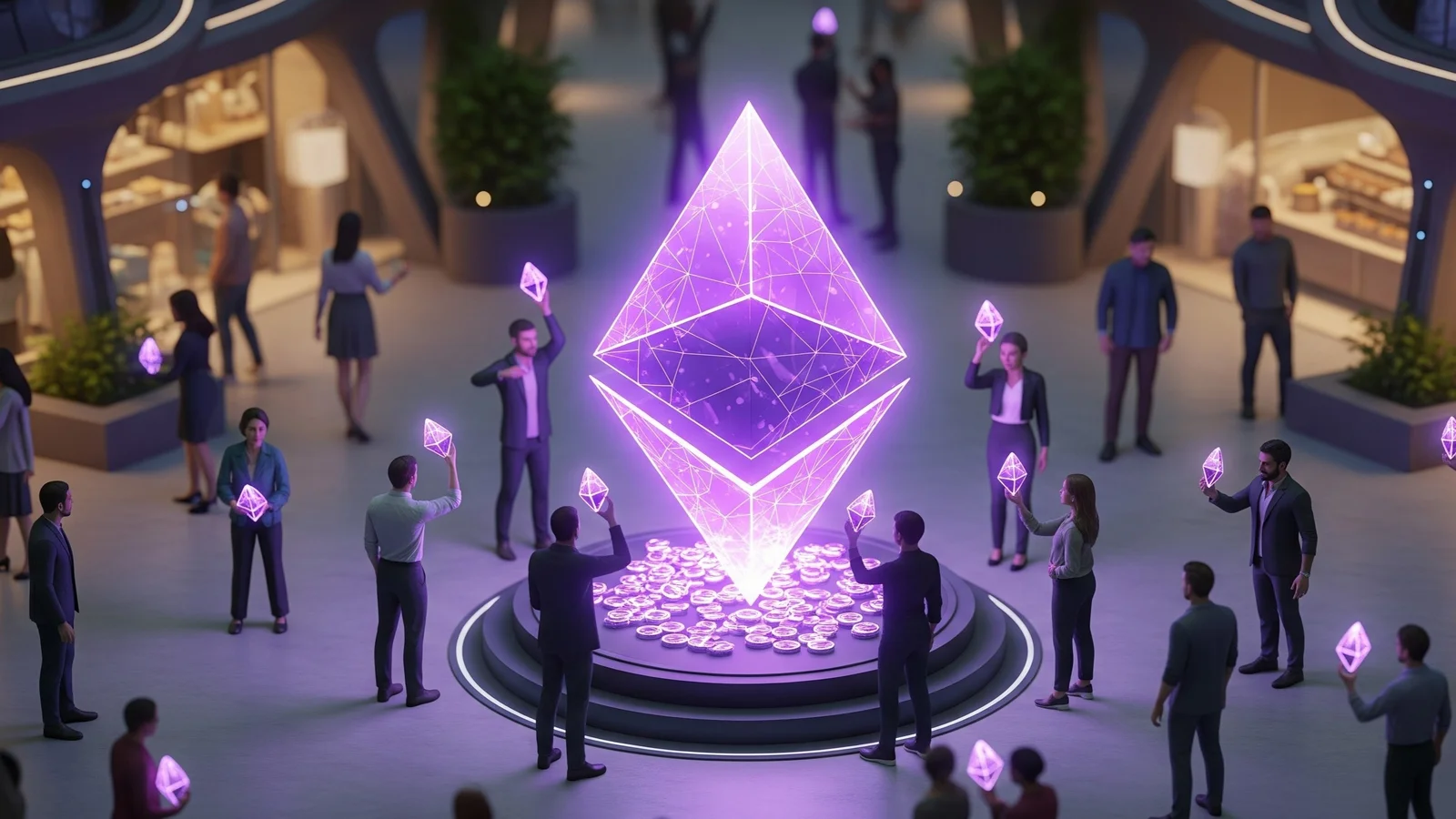
ENA Comment and Price Analysis - September 2, 2025
ENA/USDT Technical AnalysisAnalyzing ENA chart, we can see that the long-term downtrend has been broken above, as mentioned in the previous ENA analysis. After that, the price pulled back, completed the retest, and made a strong bounce. After the retest, the upward move gained momentum.The coin is currently trading around $0.72 and testing its first short-term resistance. If this level gets broken above, the price could swiftly move toward $0.80. Holding above $0.80 would open the way to the $0.93–$0.95 area, and later the psychological $1.00 resistance.On the downside, the first support is at $0.66, while the main defense zone is between $0.60–$0.62. This zone is strong because it is both a retest area and a horizontal support. As long as the price stays above this region, the bullish structure will remain intact.ENA has confirmed its breakout and retest, showing that the bullish potential may continue in the medium term. Summary:Market structure turned positive after the trend breakout.Current price: $0.72Support levels: $0.66 → $0.62 → $0.60Resistance levels: $0.72 → $0.80 → $0.93 → $1.00Retest confirmed, bullish scenario remains strong.These analyses, not offering any kind of investment advice, focus on support and resistance levels considered to offer trading opportunities in the short and medium term according to the market conditions. However, traders are responsible for their own actions and risk management. Morover, it is highly recommended to use stop loss (SL) during trades.
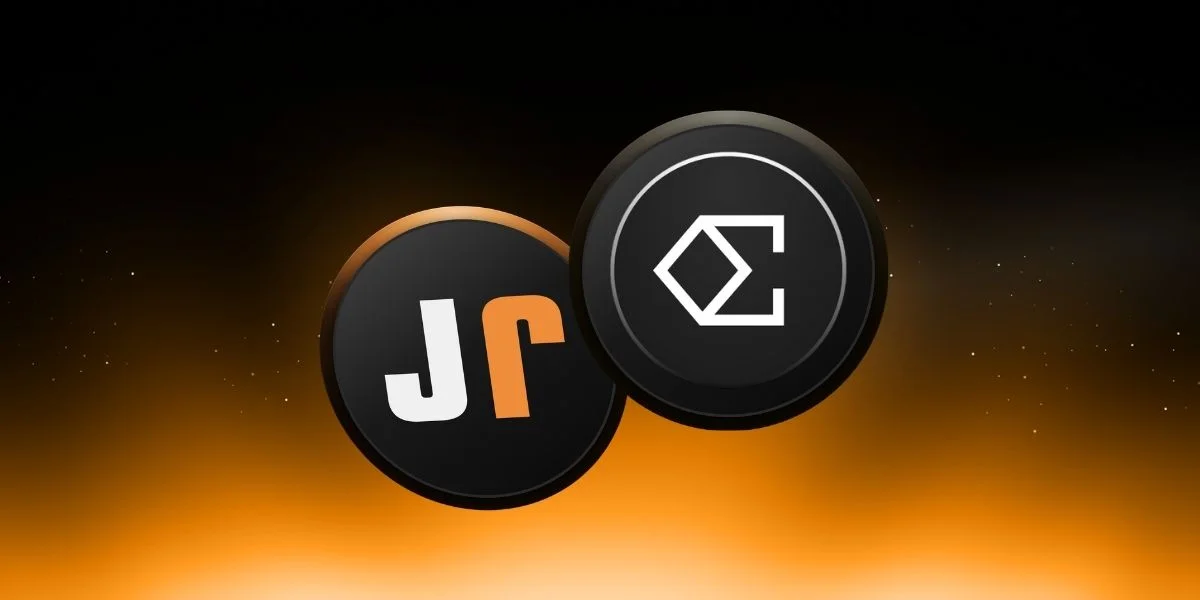
BNB Comment and Price Analysis - September 2, 2025
BNB Technical OutlookThe main trend is upwards and thus seems positive. What is more, the price has reached $885 — all-time high (ATH) level as of today. BNB is currently trading around this level. Rising Channel Formation The price has broken the resistance level at $861, above which we have another upper resistance range between the levels at $892 – $928, which is both the upper border of the channel and where sellers could step in. Approaching the $900 level could mean hitting trend resistance. If this level gets broken, a technical target equal to the channel width can be calculated. This target points to $1500 in the medium term.We should be monitoring the following support levels in case of a pullback:$861$830$790These analyses, not offering any kind of investment advice, focus on support and resistance levels considered to offer trading opportunities in the short and medium term according to the market conditions. However, traders are responsible for their own actions and risk management. Morover, it is highly recommended to use stop loss (SL) during trades.
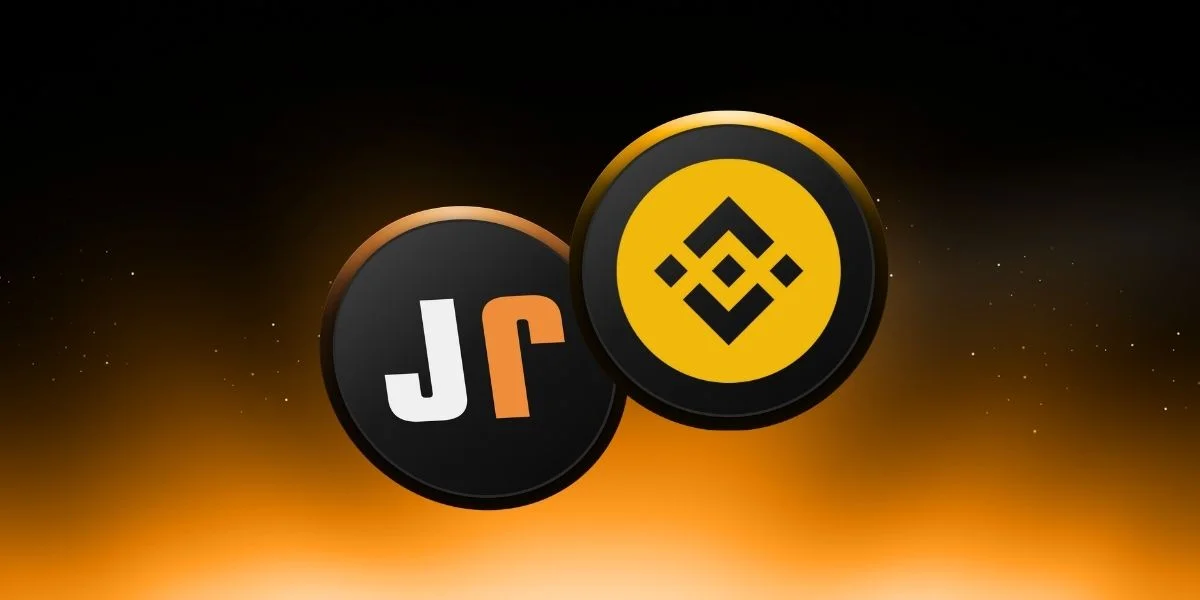
XRP Comment and Price Analysis - September 2, 2025
XRP Technical AnalysisThe rising channel structure is striking on the XRP chart. The price has begun to retreat after touching the upper band. Such movements are considered healthy in channel structures, as it is crucial for the price to take a breather and test support areas for the continuation of the uptrend.In the short term, the 2.85-2.93 area stands out as the first significant support. If this area holds, the price could move back towards the upper band of the channel. However, if it remains below this level, the next strong support lies in the 2.38-2.44 area. This area, which also intersects with the channel's lower trend, could be a critical area for a potential reversal.In an upside scenario, if the price tests above $3.00 again, the upward momentum can be expected to strengthen. The upper band of the channel corresponds to the 3.40-3.50 area on average and is a strong target. Shrinking Rising Structure Summary:XRP maintains its positive structure within the ascending channel.2.85-2.93 is the first support area.Strong support for a reversal as it intersects with the channel lower trend at 2.38-2.44.These analyses do not constitute investment advice and focus on support and resistance levels that may present potential trading opportunities in the short and medium term, depending on market conditions. However, the responsibility for executing trades and managing risk lies entirely with the user. It is also strongly recommended to use stop-loss orders for any trades mentioned.
